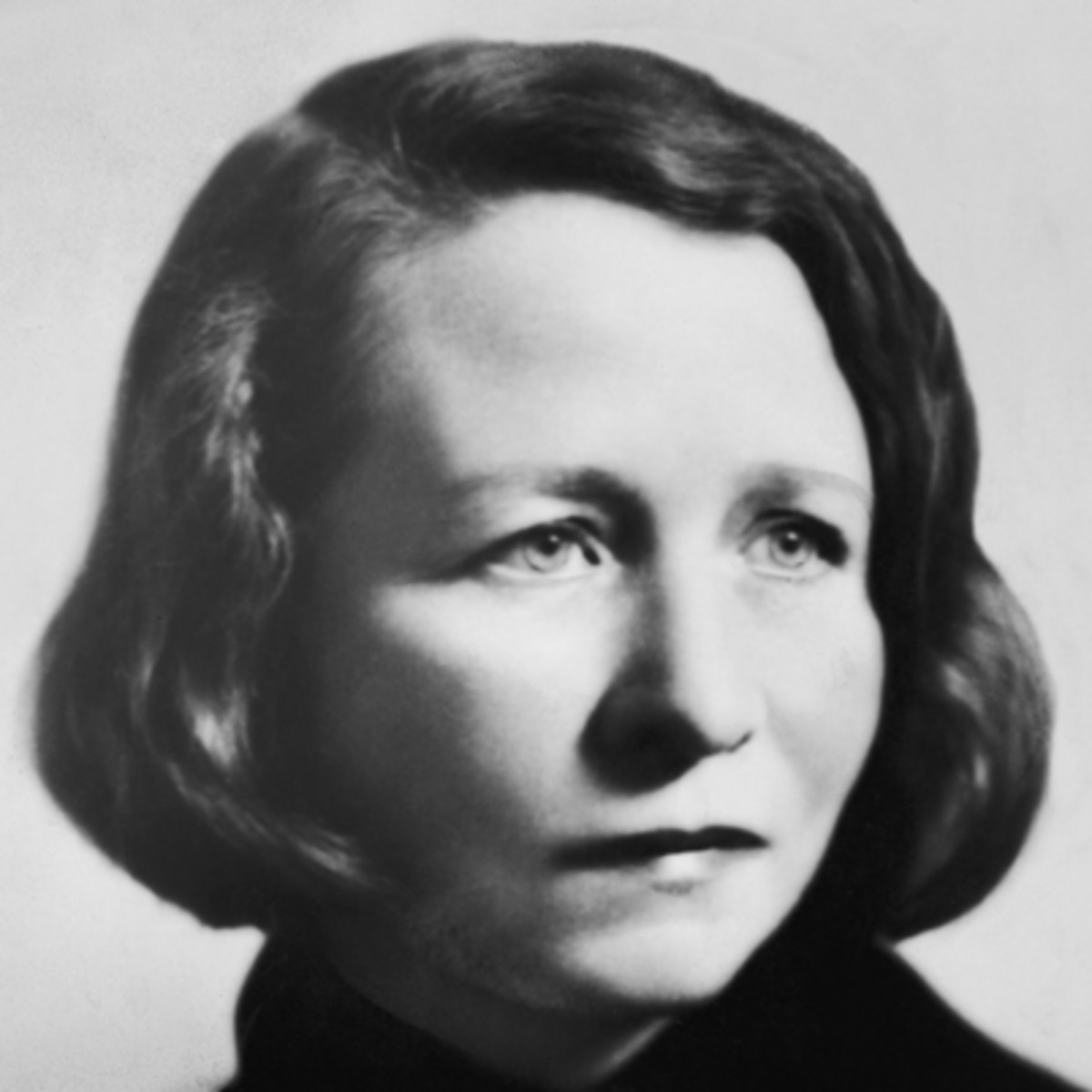I will be the gladdest thing
Under the sun!
I will touch a hundred flowers
And not pick one!
I will look at cliffs and clouds
With quiet eyes,
Watch the wind bow down the grass
And the grass rise.
And when lights begin to show
Up from the town
I will mark which must be mine,
And then start down!
Published:
1917
Length:
Regular
Literary Movements:
Modernism
Anthology Years:
2022
2024
Themes:
Joy & Praise
Nature
Literary Devices:
Anaphora
a figure of speech in which words repeat at the beginning of successive clauses, phrases, or sentences
End Rhyme
when a poem has lines ending with words that sound the same
Hyperbole
exaggerated statements or claims not meant to be taken literally
Sensory Detail
words used to invoke the five senses (vision, hearing, taste, touch, smell)

